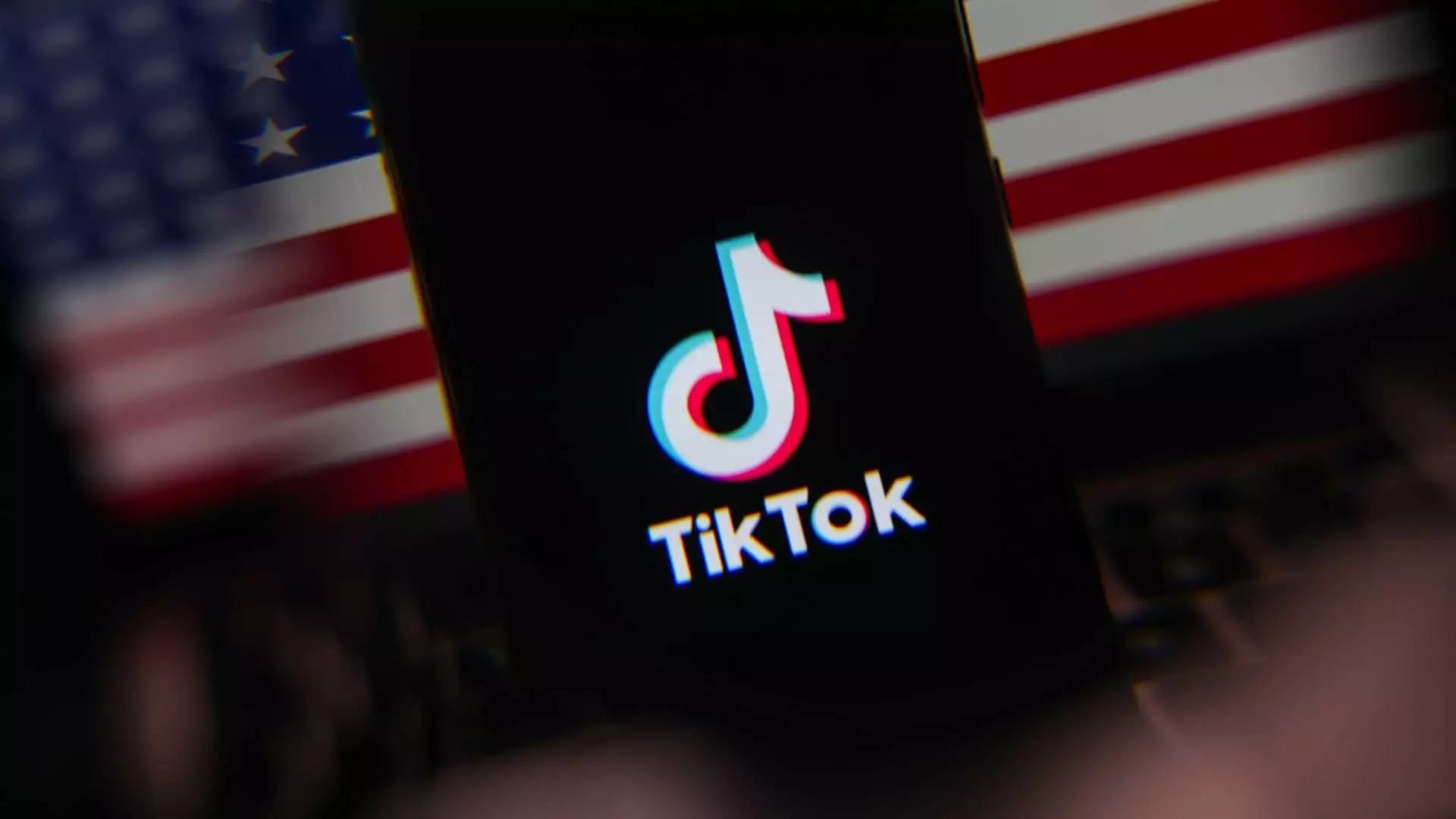In a significant turn of events, TikTok has made its return to both the Apple App Store and Google Play following a brief but tumultuous absence. This comeback comes after the app was removed due to concerns related to national security, specifically tied to its Chinese ownership under ByteDance. The saga began on January 18 when TikTok’s leadership proactively suspended operations in the U.S. to comply with impending legislation—namely the Protecting Americans from Foreign Adversary Controlled Applications Act—designed to mitigate risks associated with foreign-controlled apps. This law mandated that ByteDance divest its interests in TikTok’s U.S. operations by January 19 to avoid a permanent ban.
The situation surrounding TikTok reflects a broader anxiety regarding digital privacy and national security. With over 170 million users in the United States, the stakes could not be higher. The U.S. government contended that ByteDance’s ties to the Chinese Communist Party presented an unacceptable risk, particularly concerning user data collection practices. The Supreme Court upheld the Biden administration’s stance, emphasizing Congress’s judgment that divestiture was crucial to safeguarding national interests. TikTok has robustly contested these claims, arguing that the law infringes upon the First Amendment rights of its vast user base.
With legal actions and potential shutdown threats looming, the narrative has taken on a politicized tone. Former President Trump mentioned that he would be willing to consider a partial U.S. ownership stake in TikTok to facilitate its survival. Such remarks highlight the contentious nature of international relations influencing digital platforms amid geopolitical tensions. The complexities of this standoff unveil not only legal battles but also the broader implications for technology companies with ties to foreign nations.
Despite facing significant turbulence, TikTok’s return was met with a relatively quick recovery in user engagement. Reports indicated that by late January, the app had regained nearly 90% of its traffic levels that were lost during the removal. This statistic underscores the strong, sustained interest among U.S. users, pointing to the platform’s cultural significance and its role in daily entertainment and communication. The rapid resurgence in traffic can be interpreted as a testament to TikTok’s popularity, but it also raises questions about the efficacy of government measures aimed at restricting its use.
As TikTok navigates the rocky landscape of U.S. policy, the future remains uncertain. The platform’s resilience could either lead to more stringent regulations or a rethinking of how foreign-owned apps are managed within the American digital ecosystem. Legal amendments and geopolitical relations will play crucial roles in determining TikTok’s operations going forward, particularly as it seeks to reassure users and regulators of its commitment to data privacy and security.
TikTok’s re-entry into app stores signals not only a temporary victory for the platform but also highlights the broader discussion on national security, user rights, and the complexities of digital governance. The unfolding circumstances will be critical to observe as technology, politics, and user interests collide in this ongoing saga.

